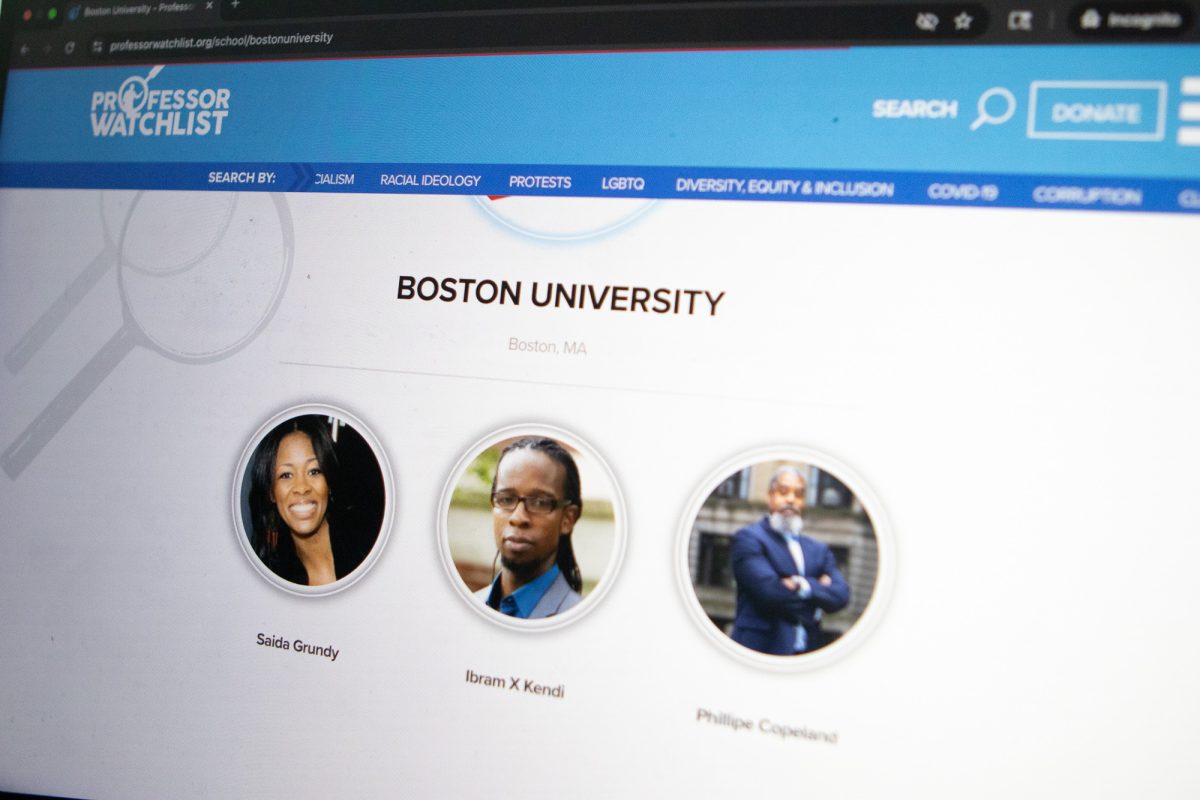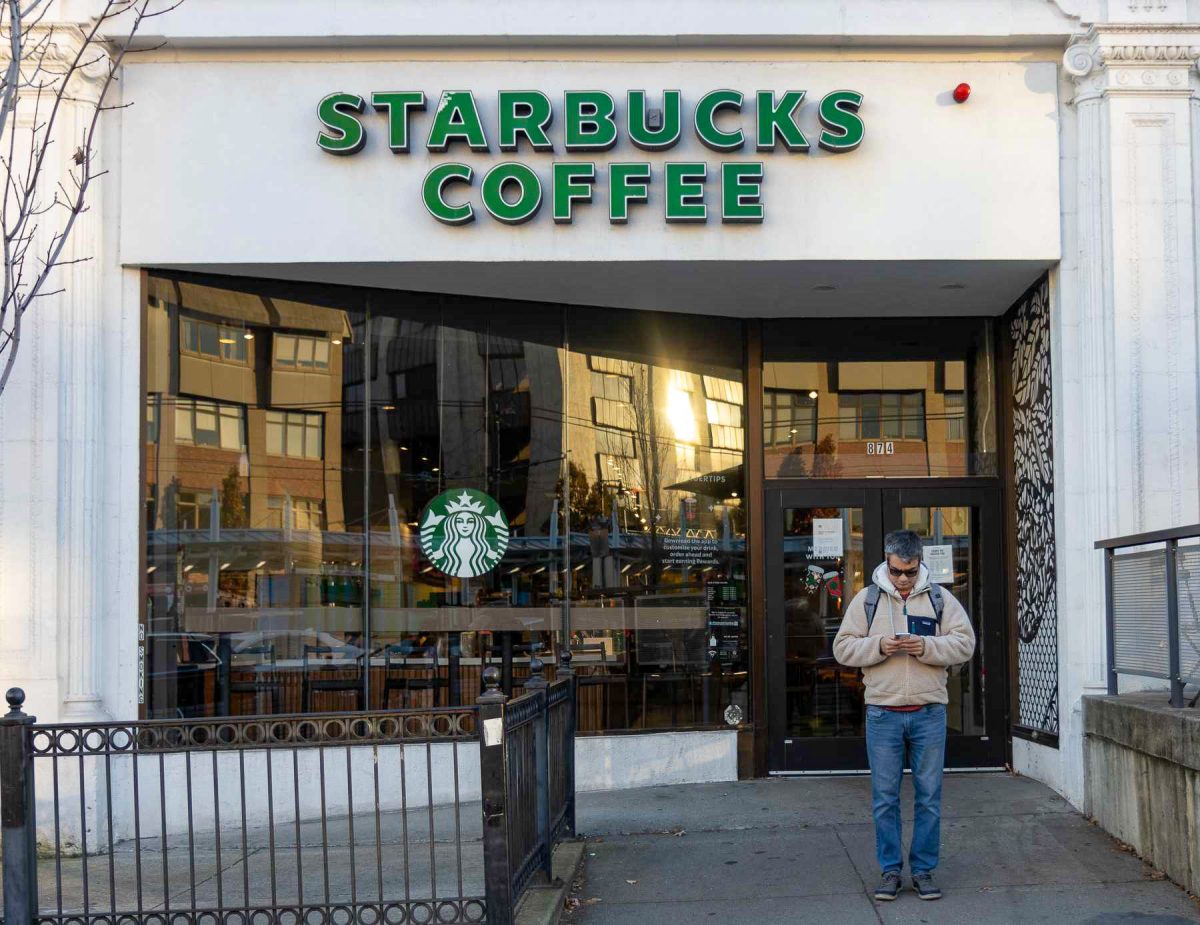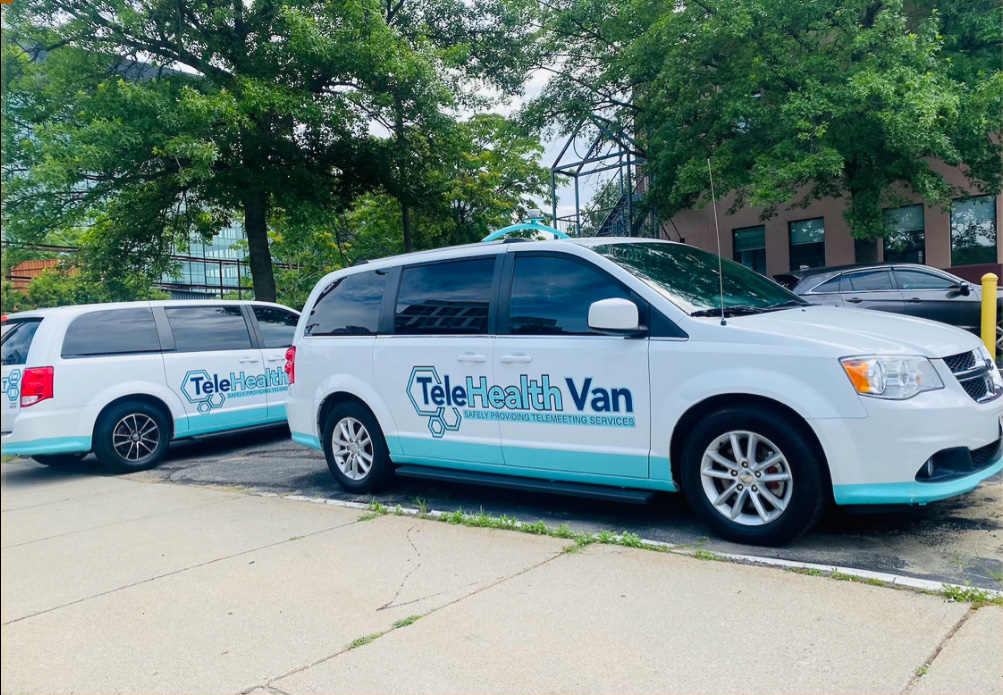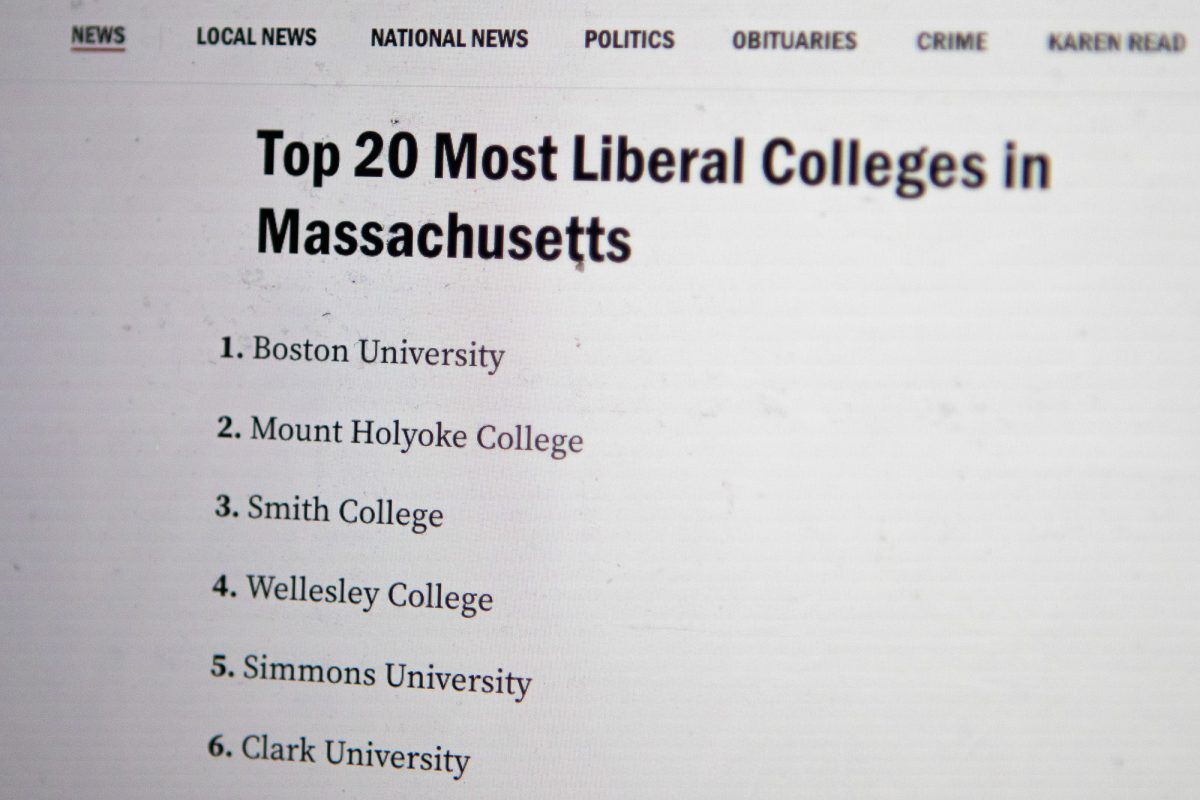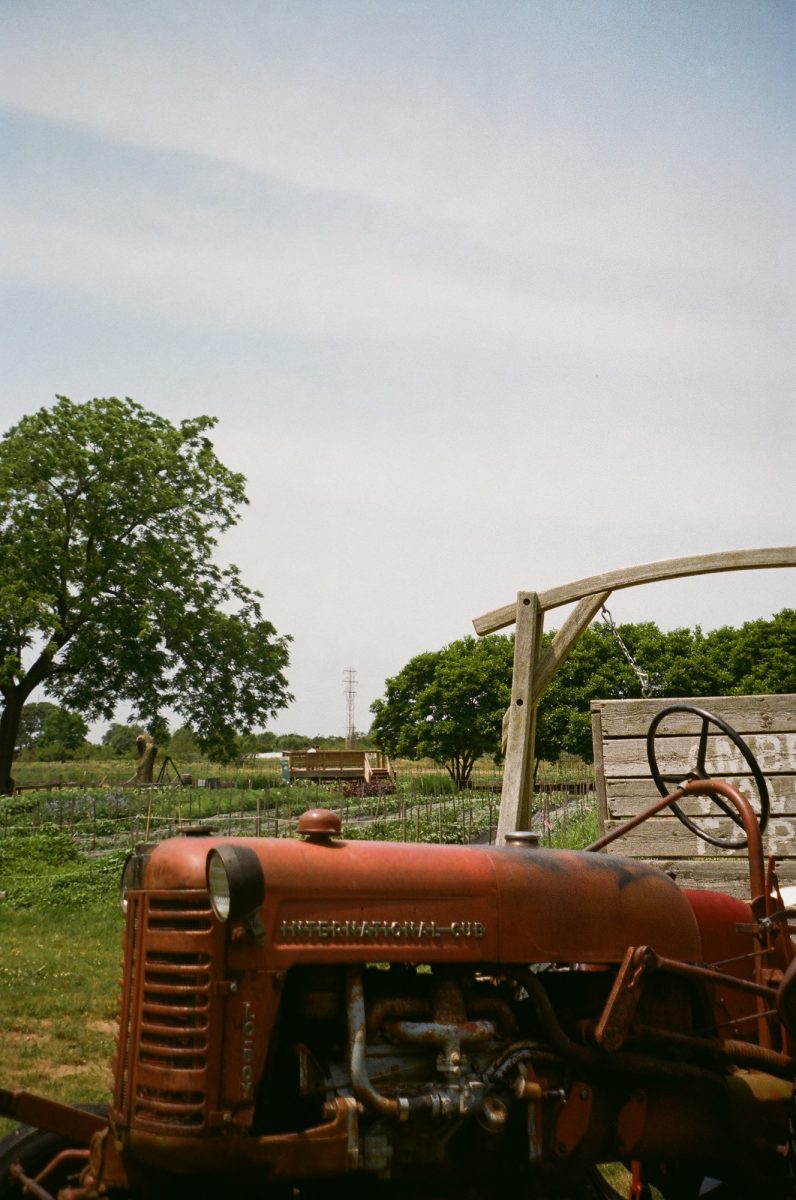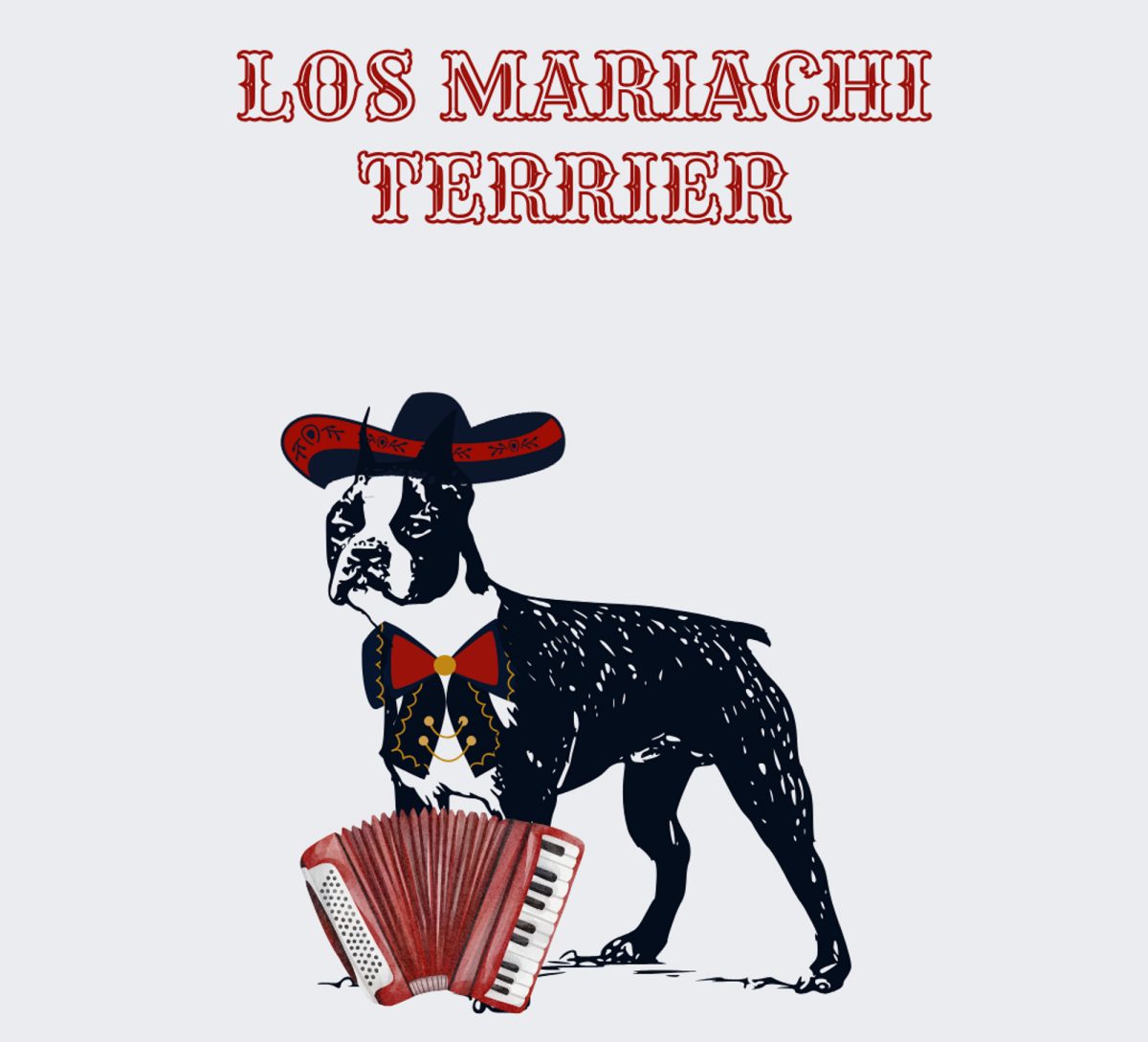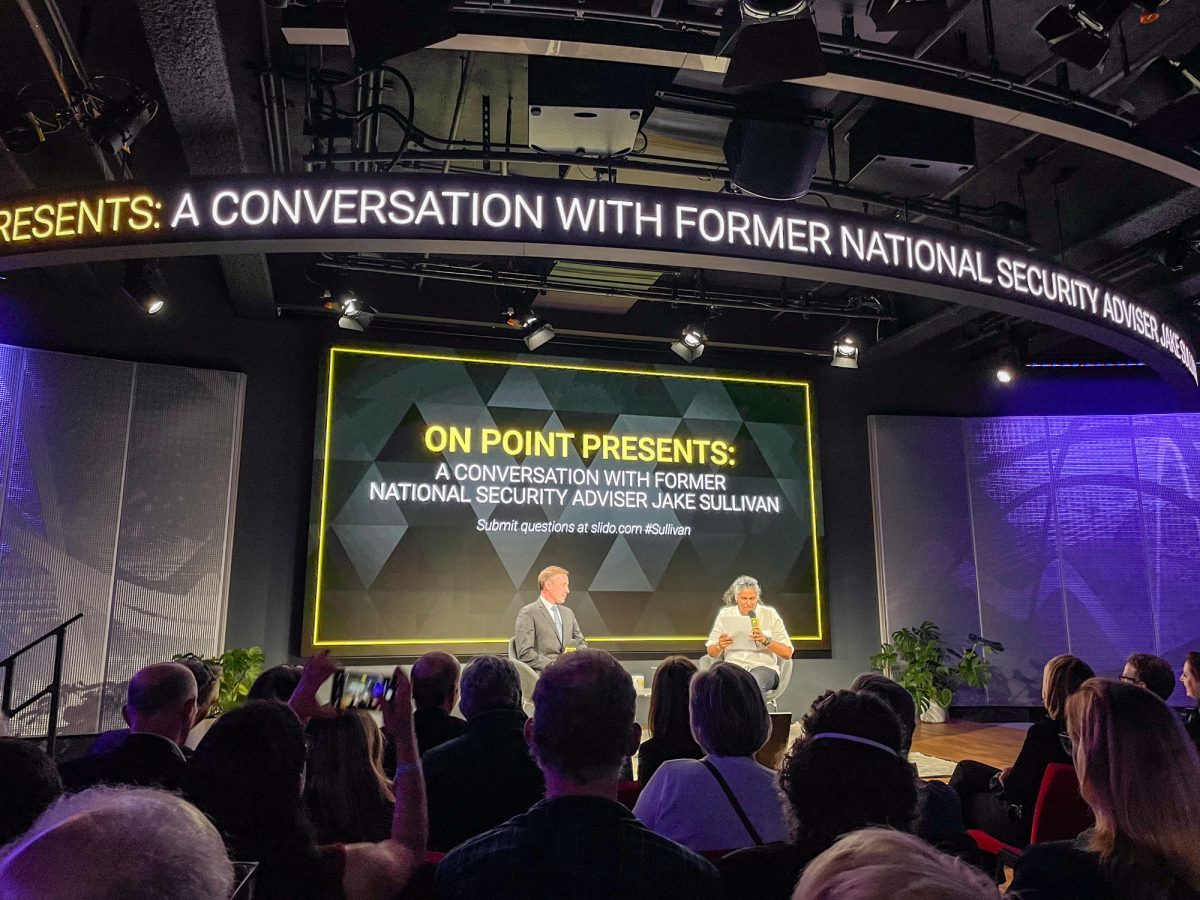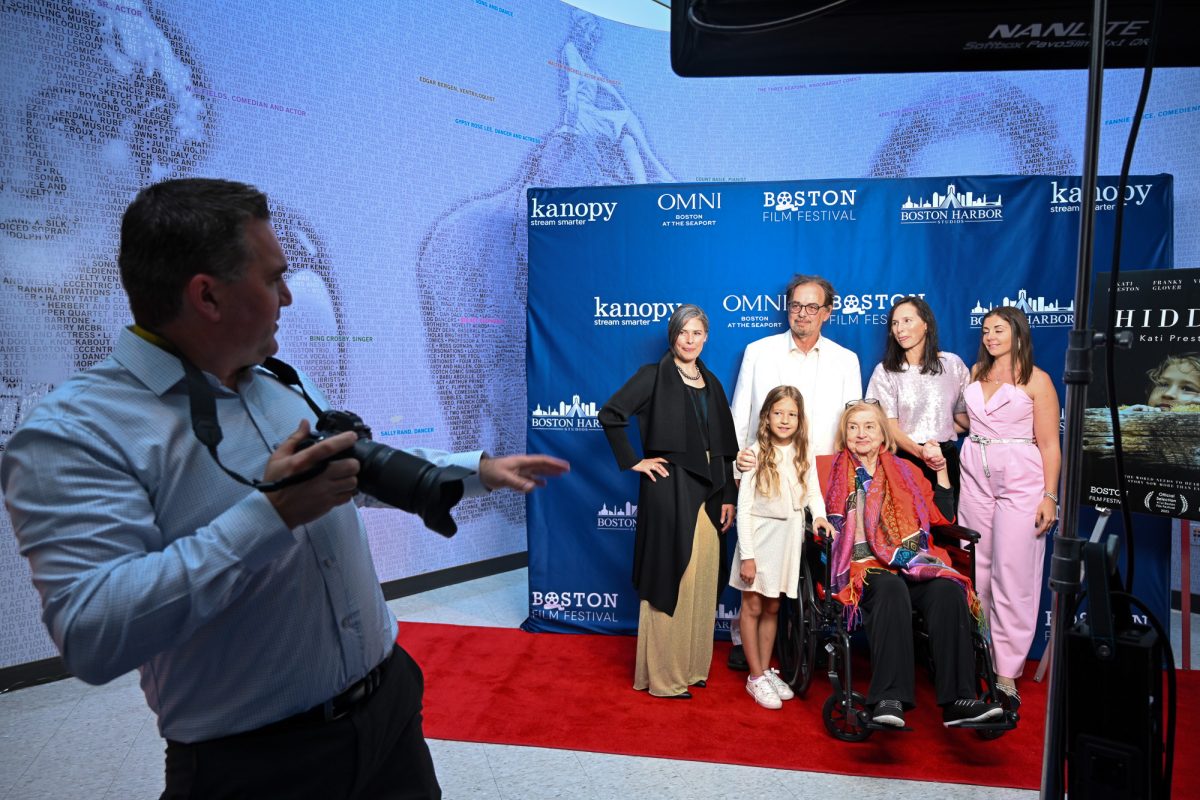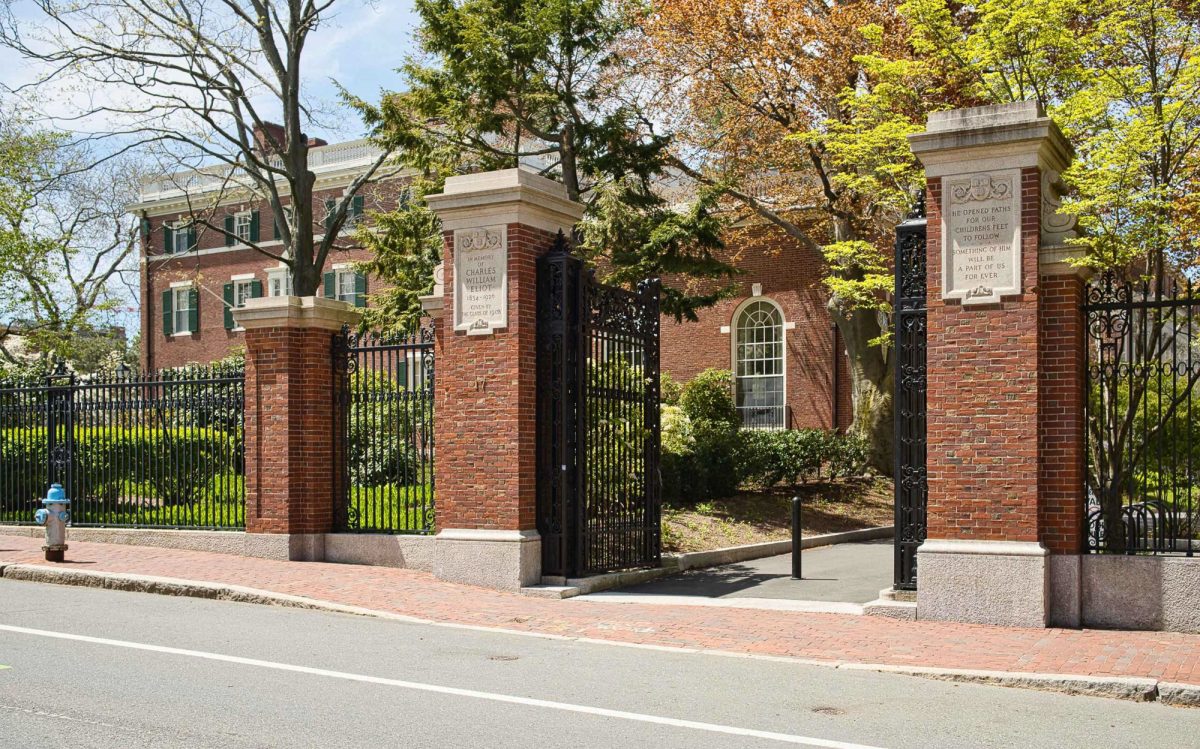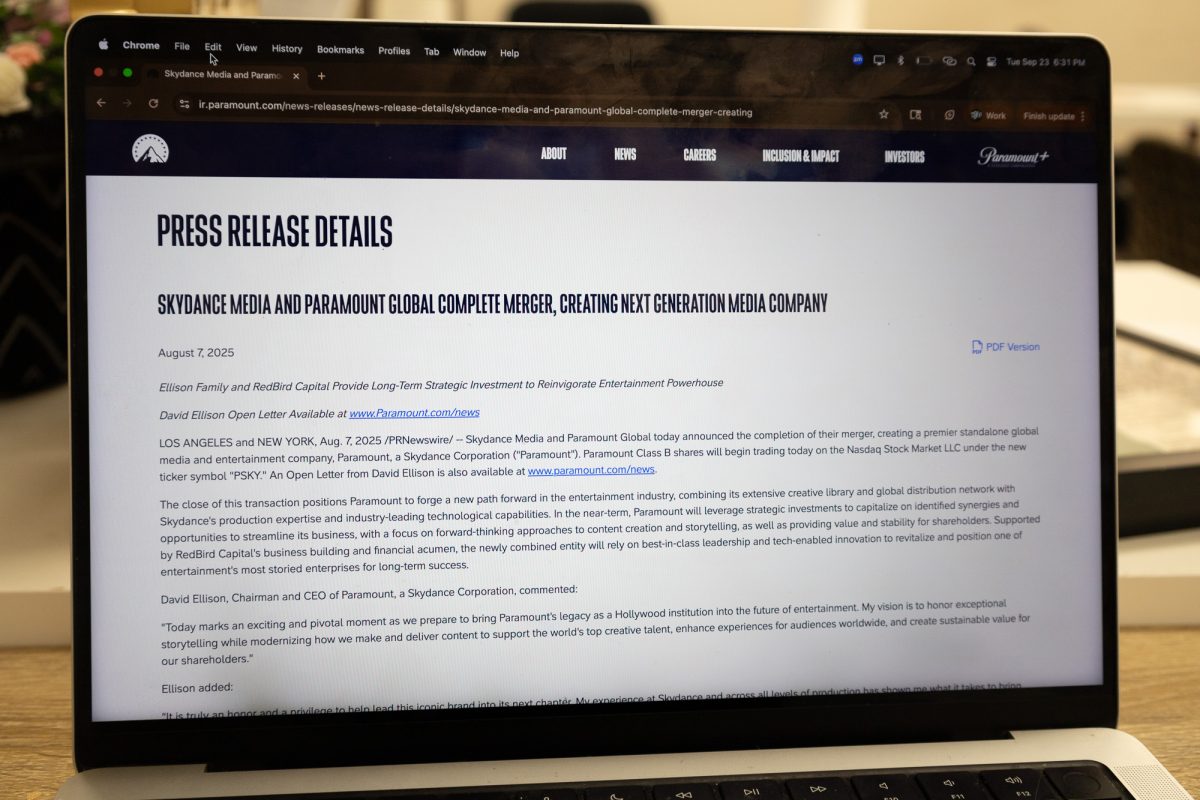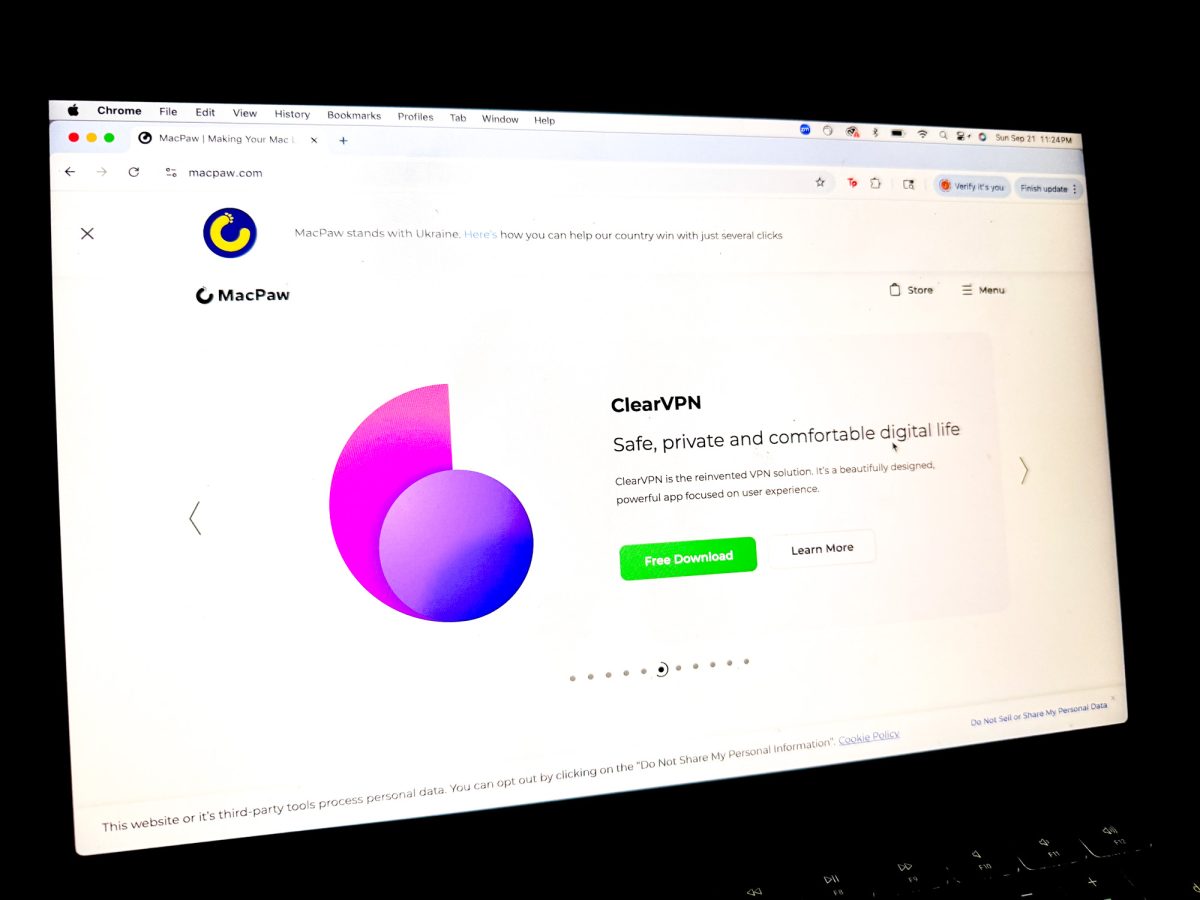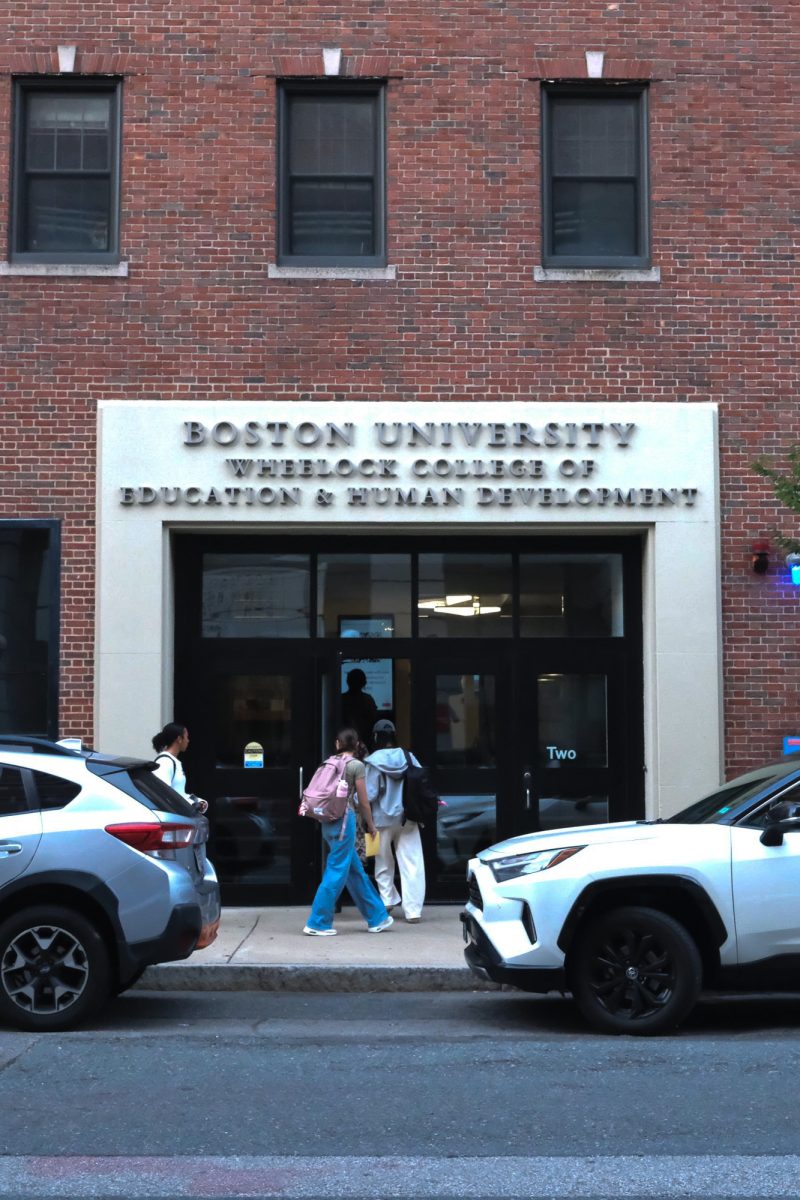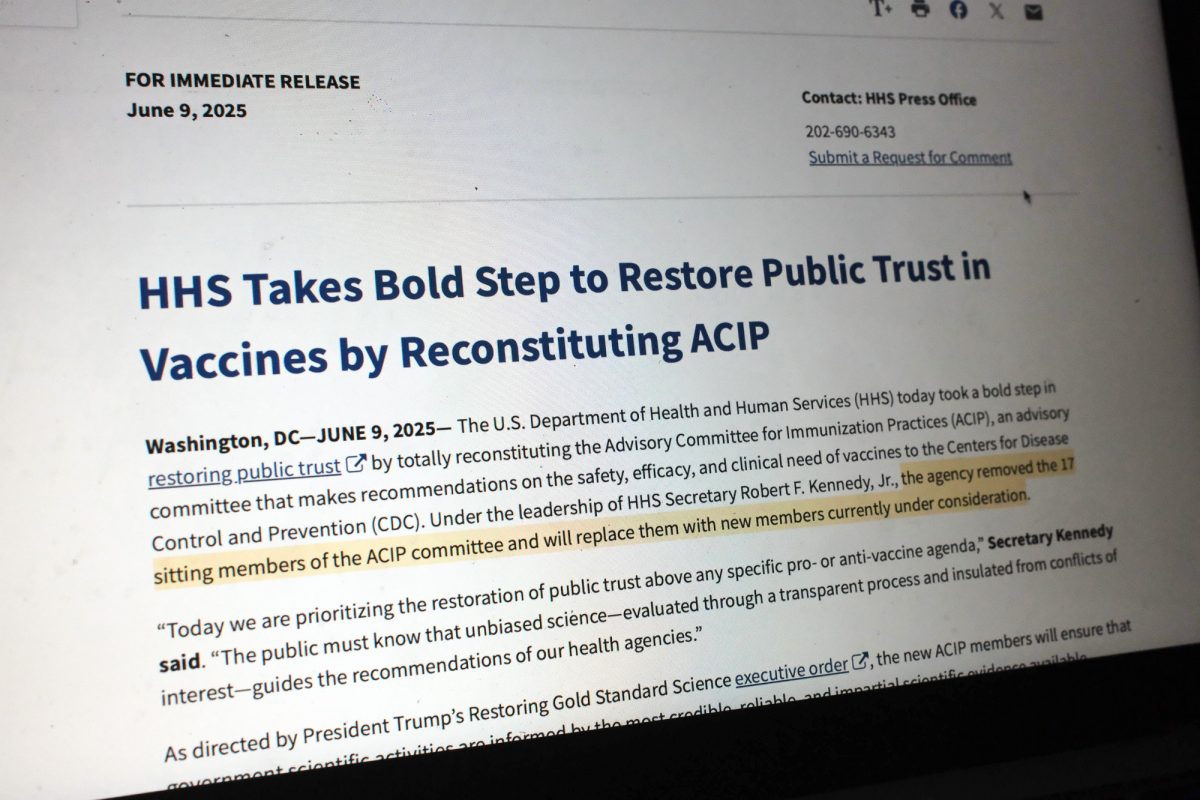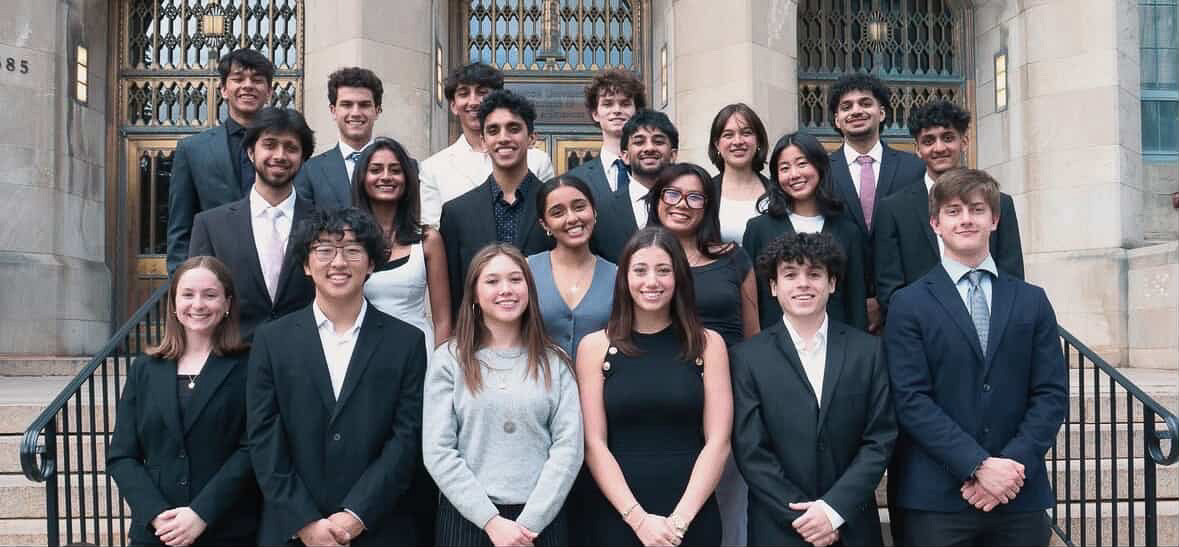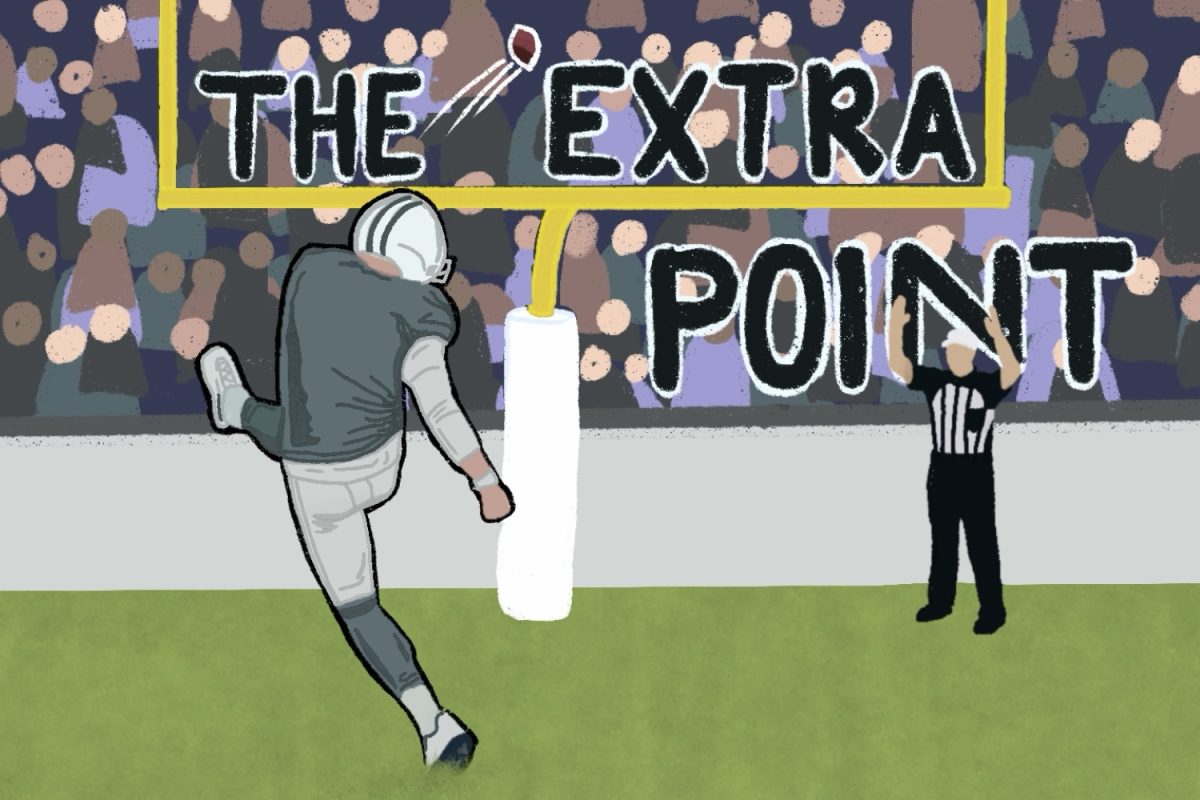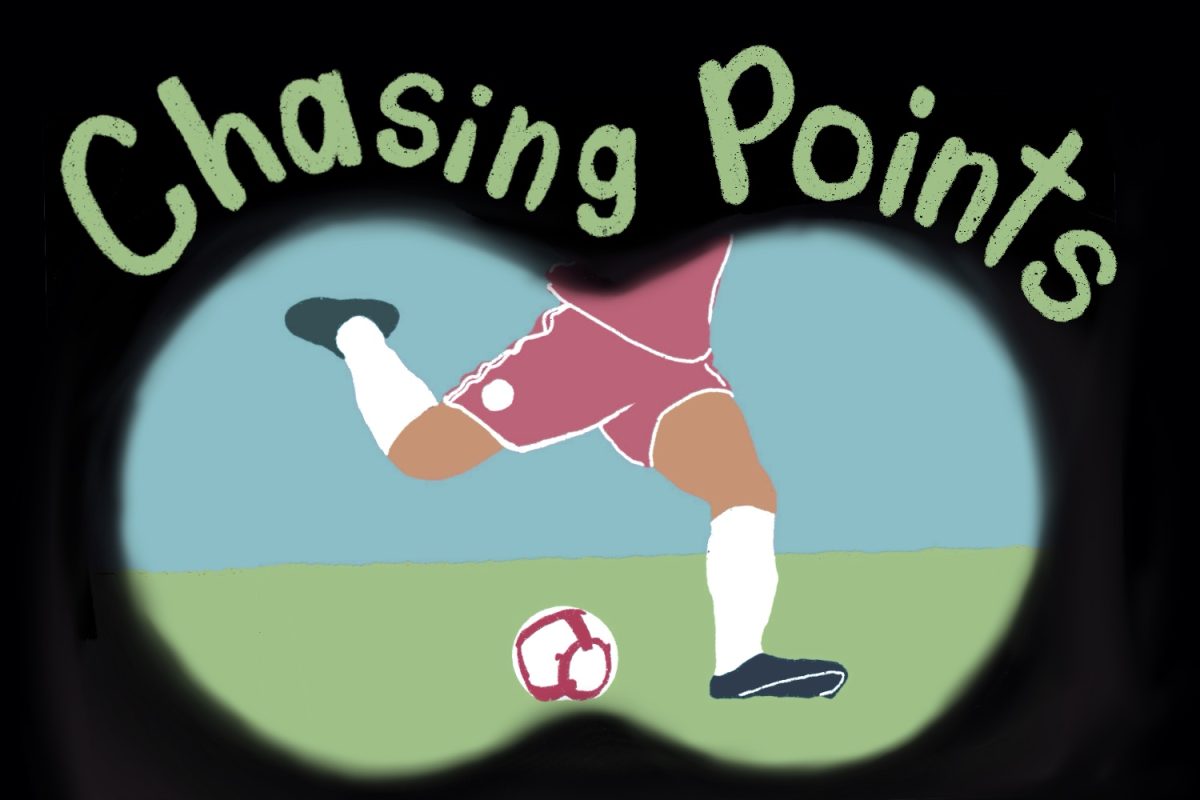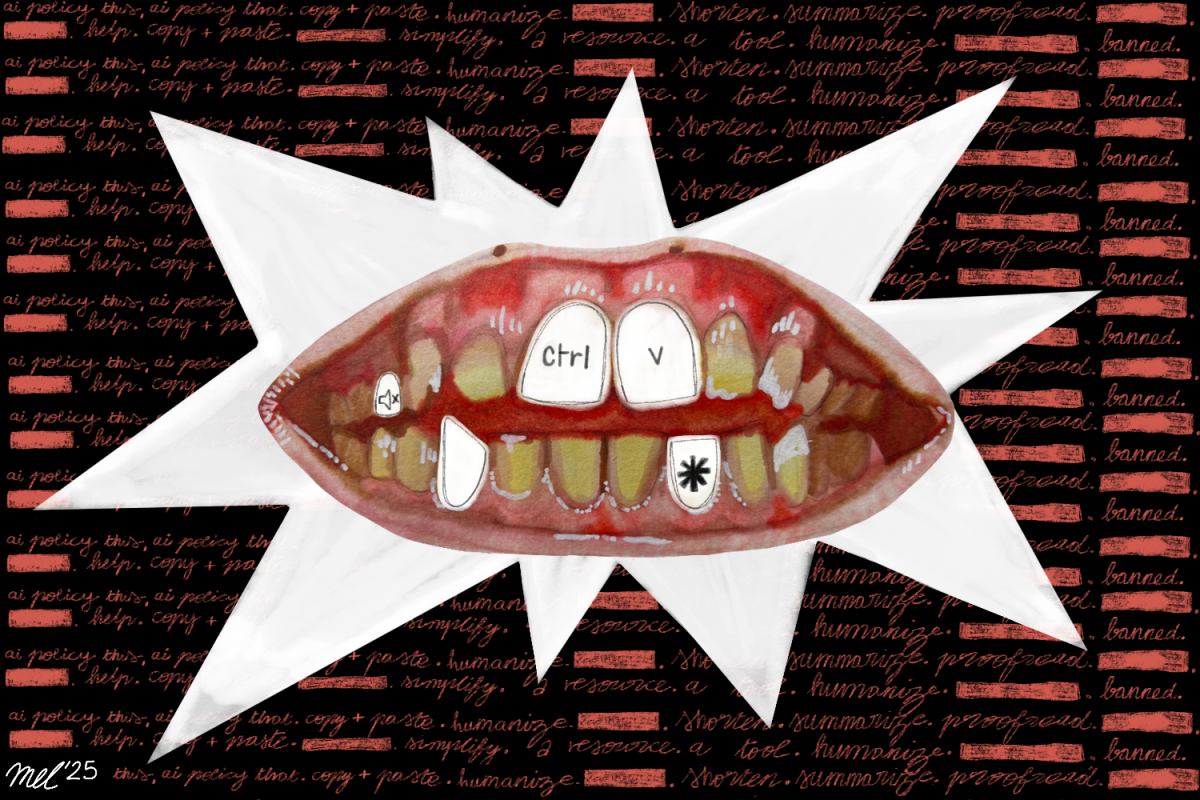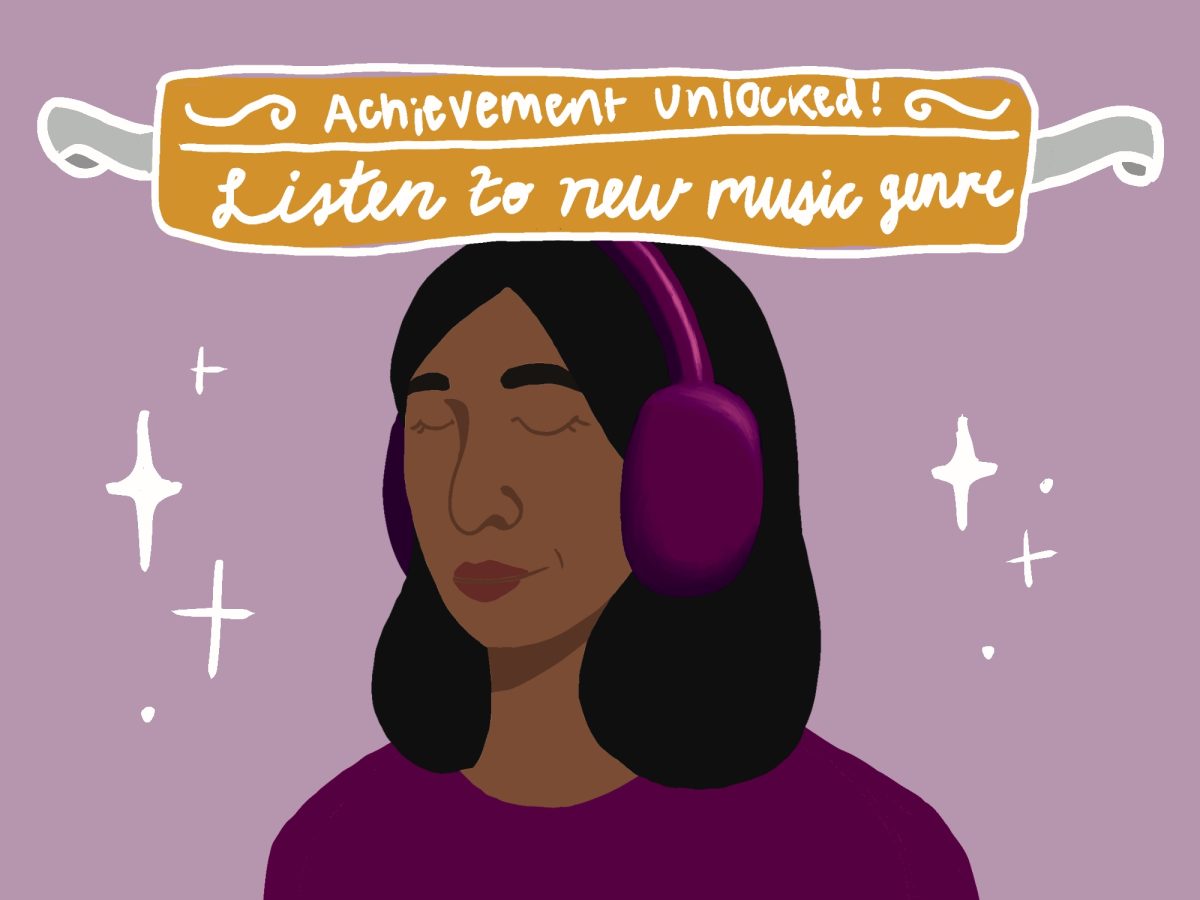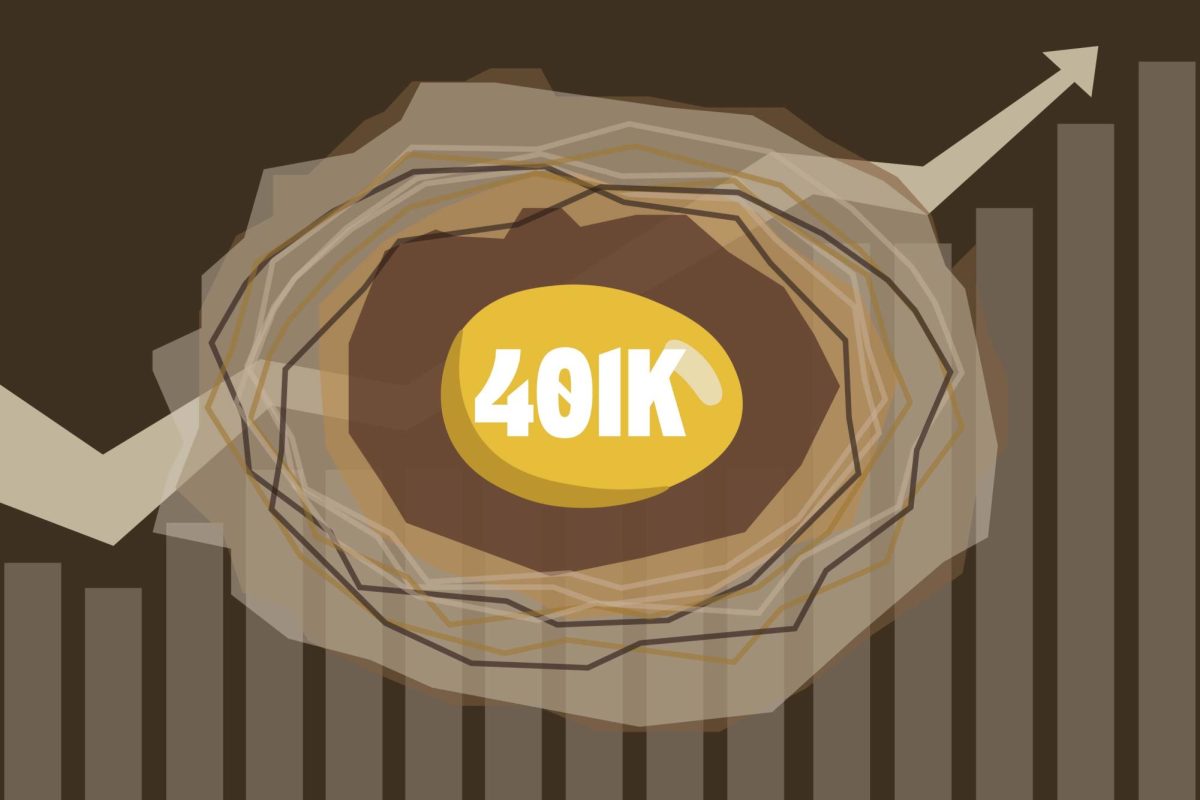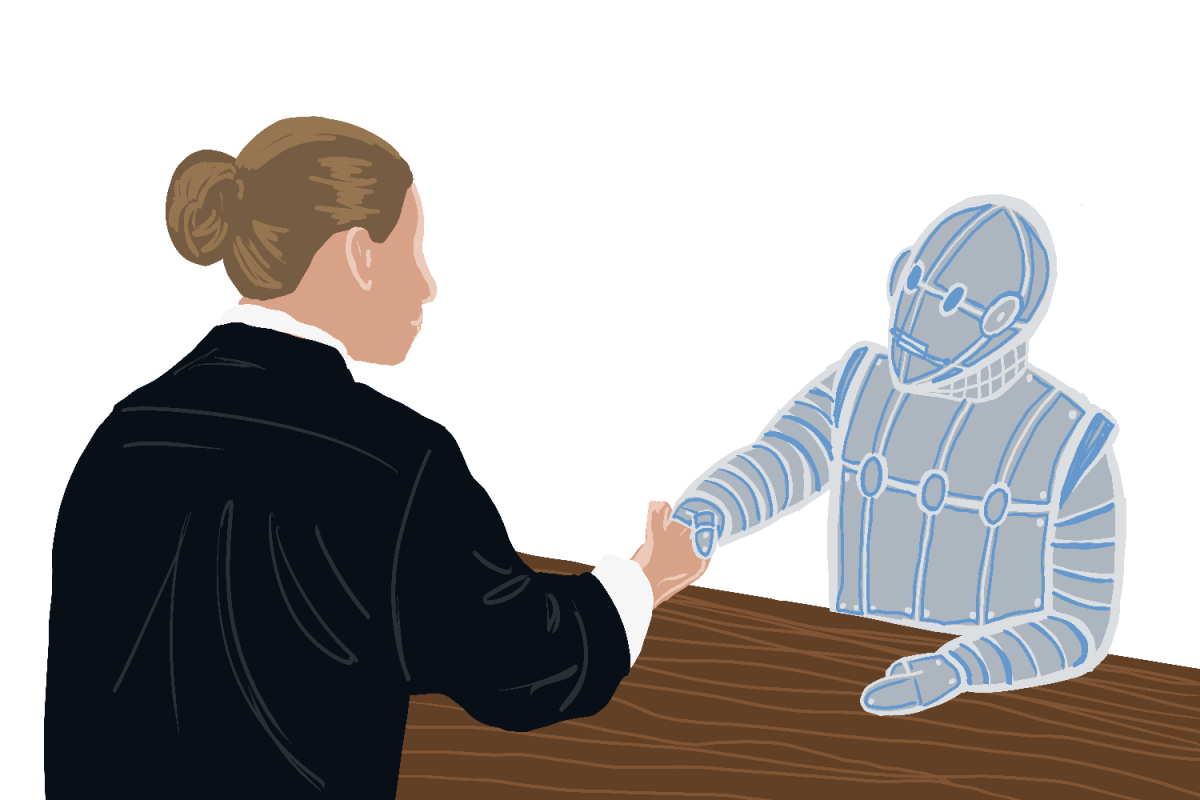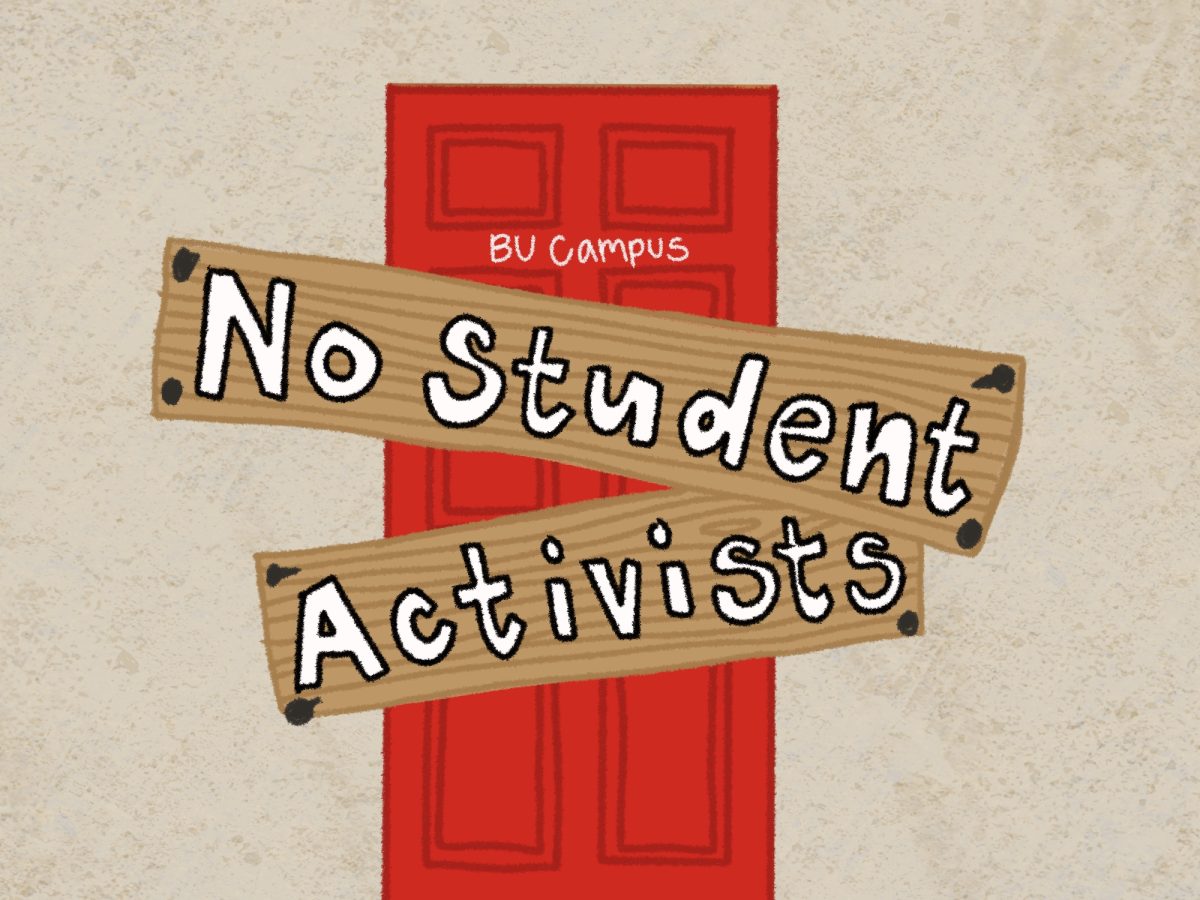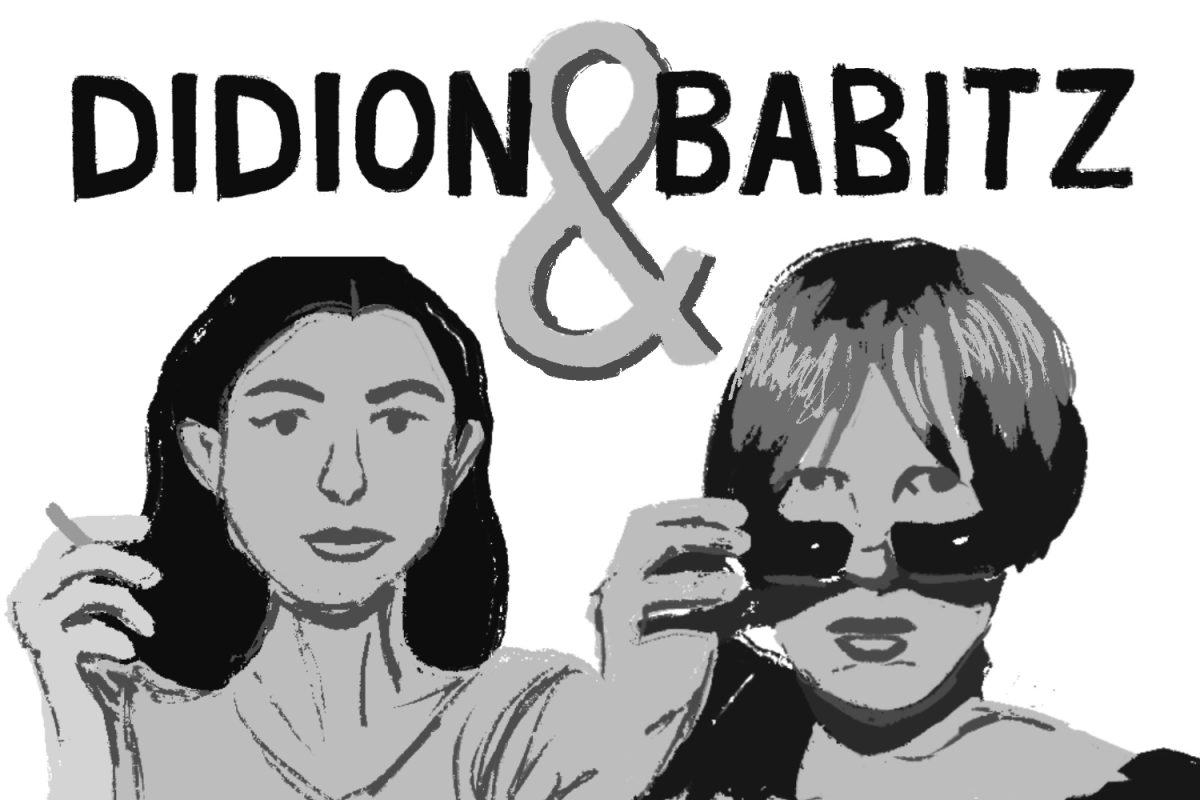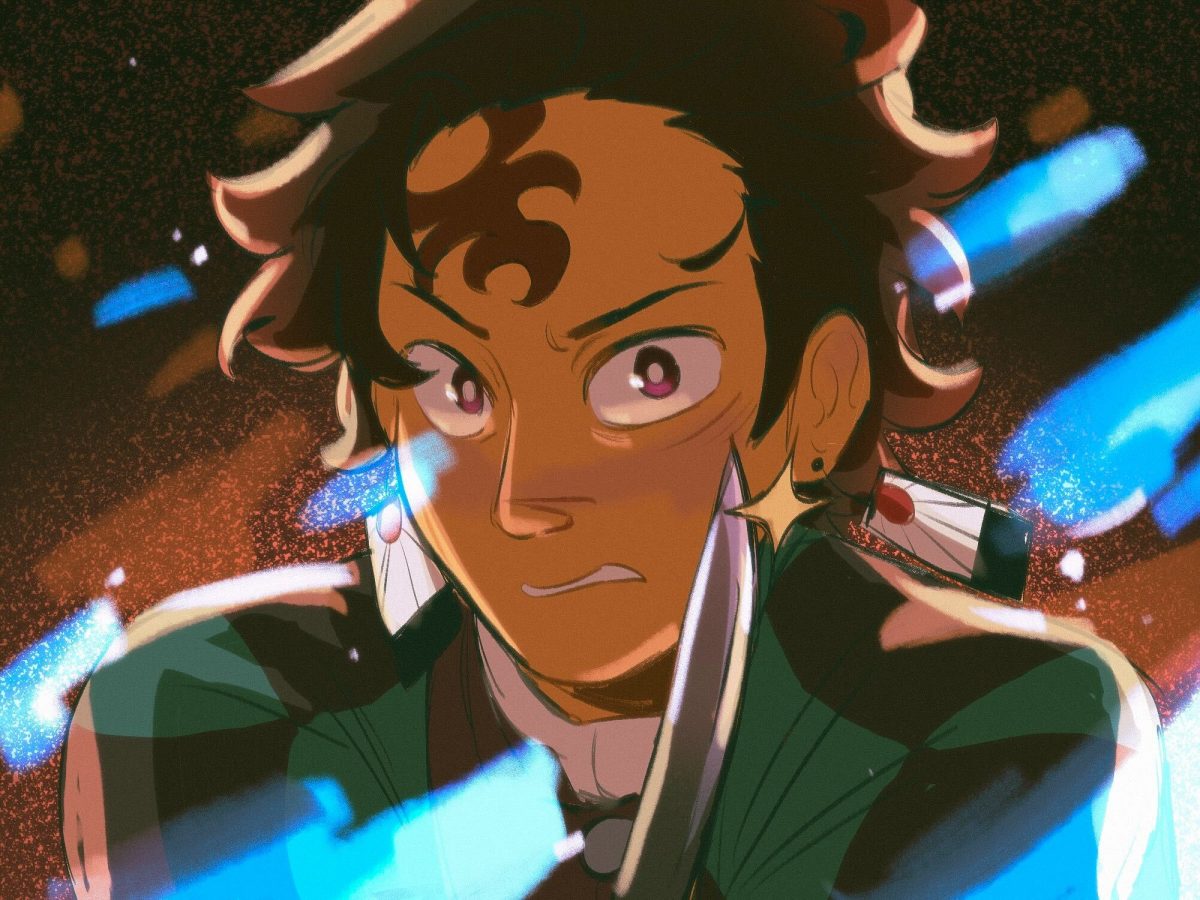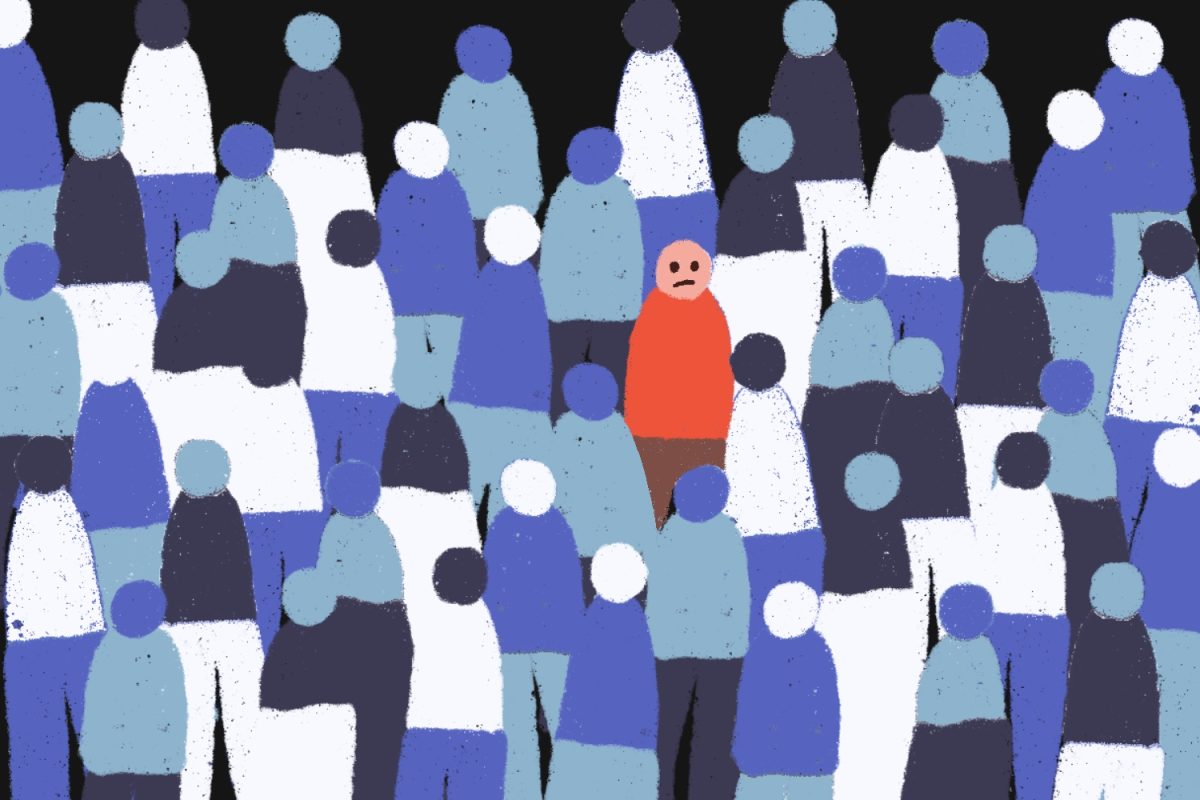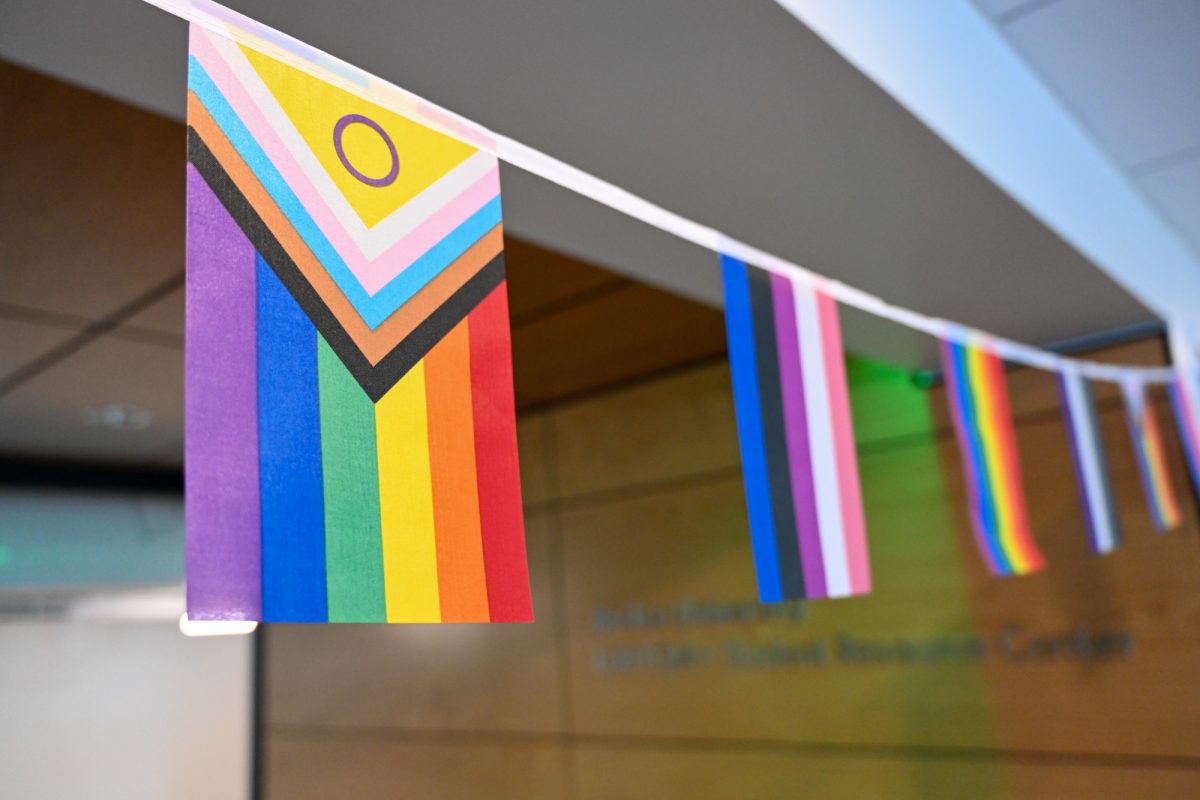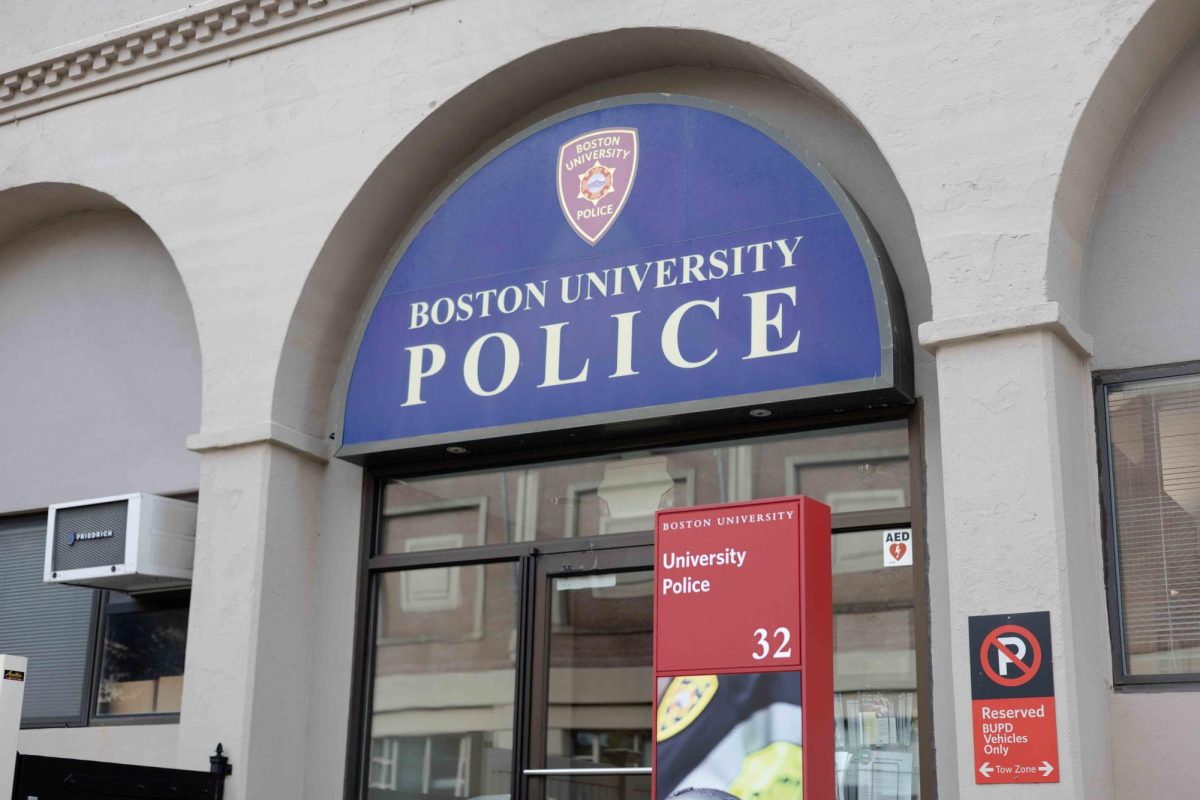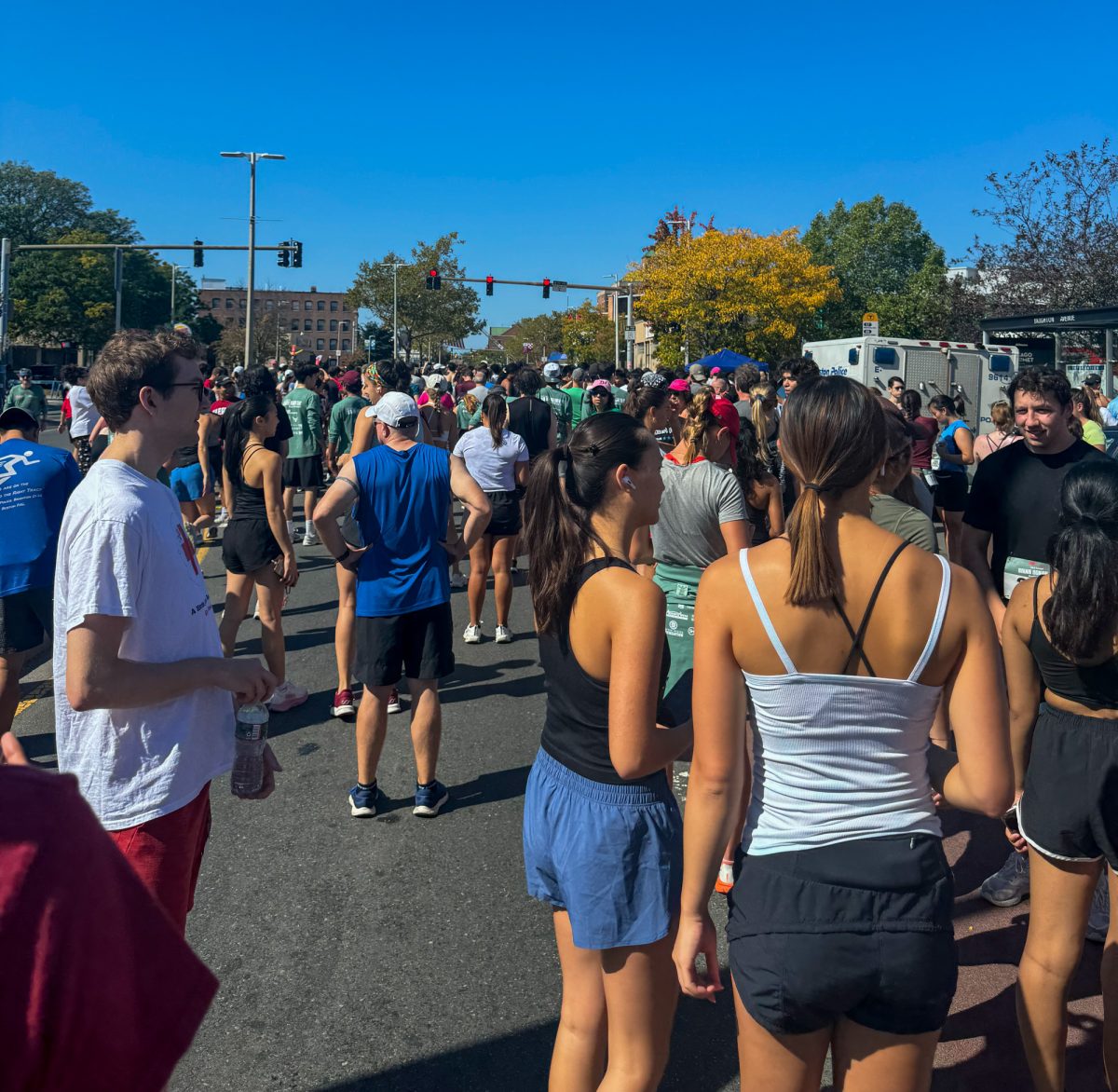The annual Cambridge Science Festival took place from Sept. 23 to Sept. 29 across the Charles River, with more than 300 free programs bringing thousands of community members together.
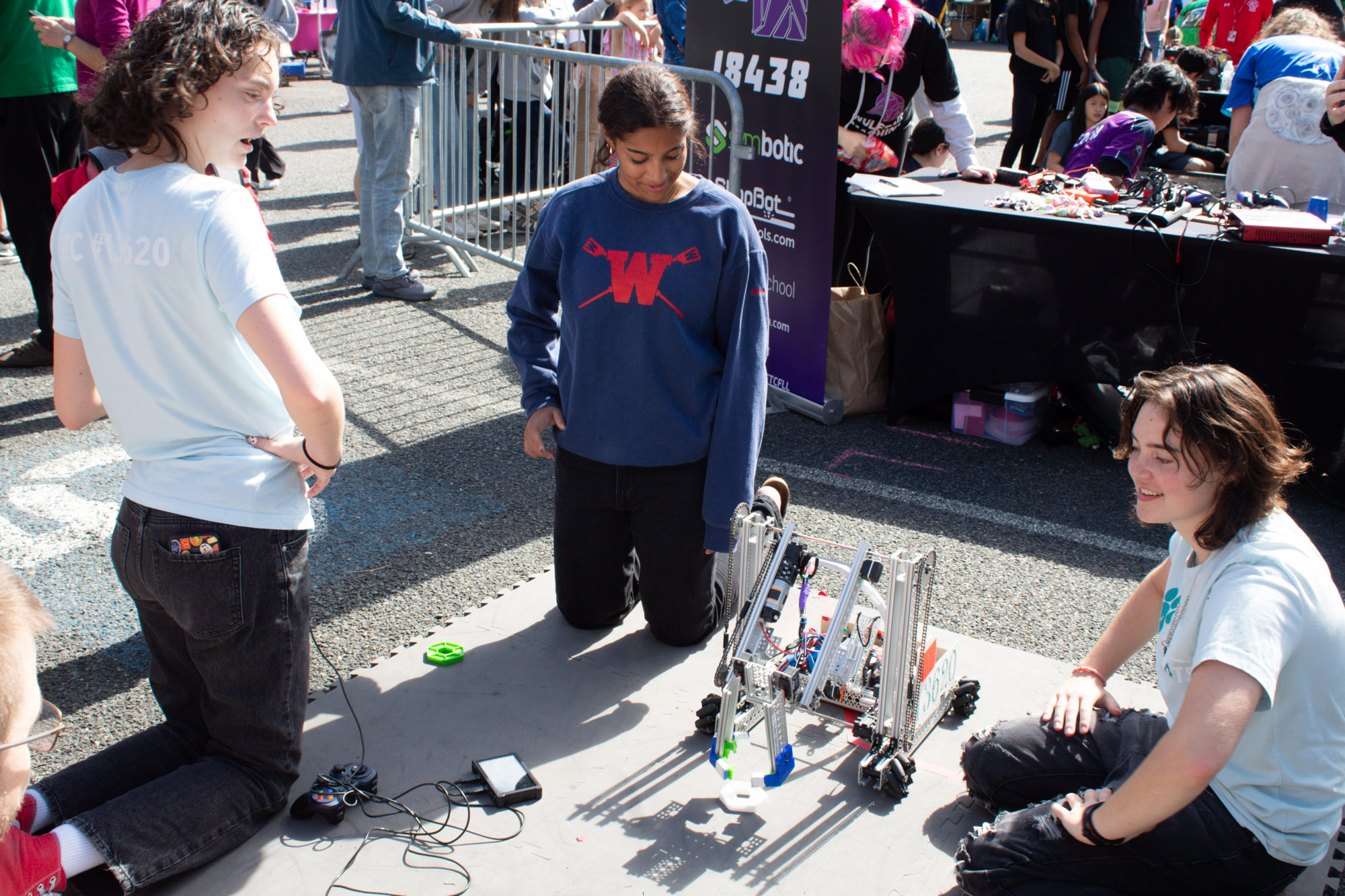
Run and produced by the MIT Museum, the festival features different sponsors, organizations and programs to create a cohesive and exciting week of science-related events each year.
This year, some themes included the “For the Win” series of games and puzzles on Thursday evening and a space-themed program called “Frontiers: A New Era of Space Exploration” on Friday and Saturday.
Keelin Caldwell, director of engagement and the Cambridge Science Festival at the MIT Museum, explained the process of putting together a week-long event and how the museum finds organizations to participate.
“About half of them come in through an open call that we run in the spring,” Caldwell said. “The other half we’re sort of curating and seeking out based on themes we have that year or people we’ve met that we really want to invite to participate.”
The largest event of the festival is the Science Carnival on Sunday, when vendors set up outside the MIT Museum from noon to 4 p.m. Caldwell said the carnival — including more than 100 different booths, each with different activities — creates a vibrant and “family-friendly” environment for both younger and older audiences.
One of the groups at the event was the Science Club for Girls, a 30-year-old non-profit organization based in Cambridge that has been a feature of the event for years. Bonnie Bertolaet, executive director of the program, highlighted the importance of the festival’s accessibility to the public.
“All these activities are free, which is really important,” Bertolaet said. “It’s located right by the T, so transportation is important, and I think those are really key factors in making sure it’s accessible.”
Another, newer feature of the event was the “Ask a Scientist” table. In its inaugural year, the table was designed to appeal to younger attendees who may have questions about what it is like to pursue science in the future.
Volunteering at the table were Kaitlyn Webster, Gwendolyn Wallace and Grace Fanson, each studying and representing different scientific fields.
Webster said the volunteers are “hoping to inspire conversation with young people and with people who are curious about science at any age.”
Wallace, who is also a children’s book author, specializes in scientific history. She said she also wanted to participate in the festival booth to show children there can be an intersection between the arts and sciences.
“It’s important also to show kids and young students just the bridges that can be built between science and other disciplines,” Wallace said. “I felt like I had to choose between STEM and the humanities … and I think my career is a testament that you don’t have to choose at all.”
Turnout for the festival, typically between 10,000 and 15,000 people on the day of the carnival, is the product of continuous efforts to engage the community in the sciences, Caldwell said.
Fumi Akimaru, a first-time carnival attendee and mother from Chelsea, said the MIT Museum curated a “fun” introduction to science for her kids.
Laura Holsen, a scientist herself, also attended the festival with her children and said she thought it was a great way to expose younger audiences to science.
“My daughters love science, so it’s really amazing to expose them to all of the different kinds of science and make it exciting,” Holsen said.
The outreach to younger audiences and engagement within the community are two cornerstones of the Cambridge Science Festival. Caldwell said the festival aimed to ensure that the community doesn’t only attend the festival, but becomes a pillar of it.
“We want this to feel like it’s for the community but also by the community,” she said.

